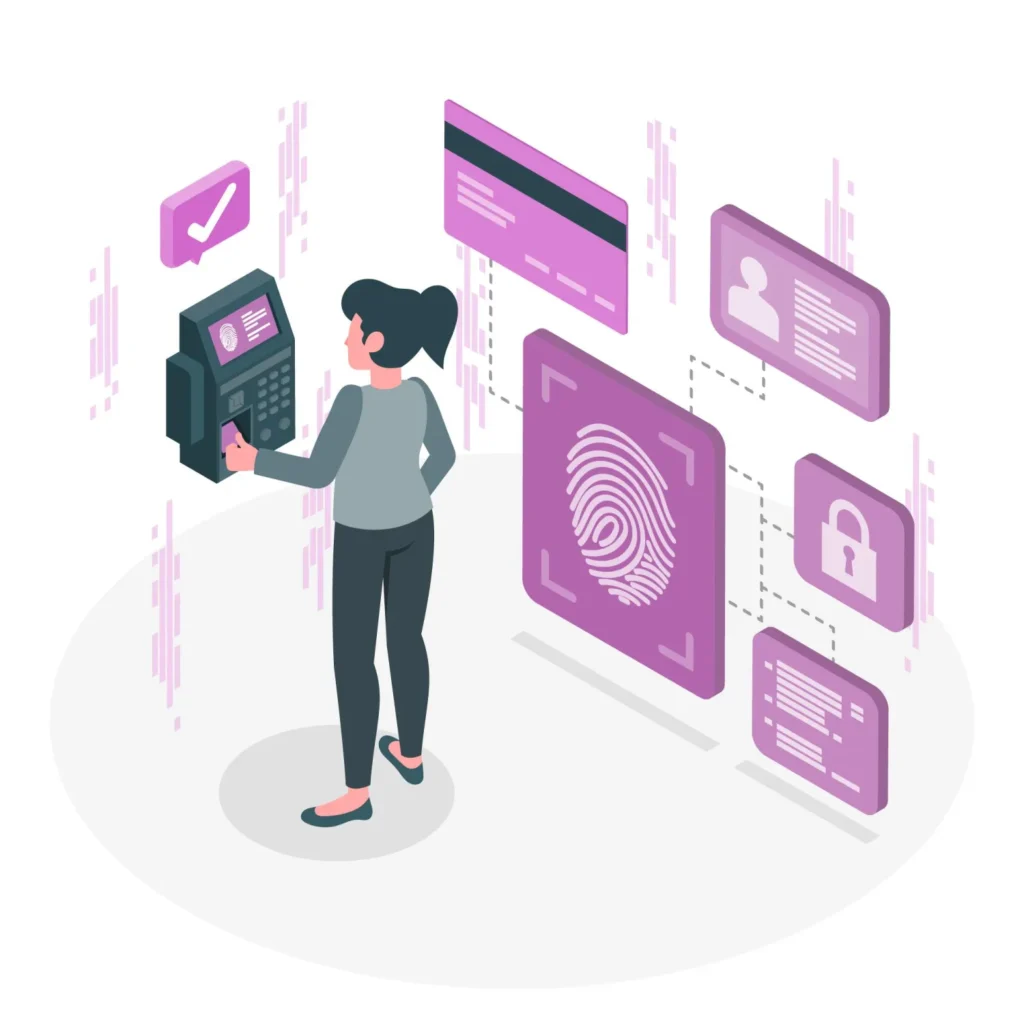What is a Botnet ?
A botnet is a network of infected devices controlled remotely by cybercriminals without the owners’ consent. These devices can include computers, routers, security cameras, and other connected objects. Once compromised, they are enlisted to perform malicious actions, often without the owner’s knowledge.
Botnets are a central element in many modern cyberattacks. They allow hackers to mobilize significant computing power to carry out illegal activities online, making their detection and neutralization challenging.
How is a Botnet Created?
Cybercriminals use malware to exploit security vulnerabilities and take control of a large number of devices. The main steps in creating a botnet are:
- Infecting Devices: Hackers use viruses, trojans, or malware to penetrate vulnerable systems.
- Remote Control Takeover: Once infected, devices follow the commands of the botmaster via a command and control (C&C) server.
- Network Mobilization: The botnet can be used to execute large-scale attacks, often discreetly.
Cybercriminals use various methods to spread their malware, including phishing emails, software vulnerabilities, malicious downloads, and poorly secured IoT devices.
The Objectives of Botnets
Botnets are used for various malicious activities, including:
1. DDoS Attacks
Distributed Denial of Service (DDoS) attacks aim to overload a server or network with requests, making it unavailable. They are often used against business websites, online gaming platforms, or critical infrastructures.
2. Sending Spam and Fraudulent Emails
Botnets are frequently used to send millions of fraudulent emails, spreading phishing, ransomware, or financial scams.
3. Cryptocurrency Mining
Some botnets hijack infected computers’ resources to perform cryptocurrency mining without the owner’s consent, slowing down devices and increasing power consumption.
4. Intrusion and Data Theft
Hackers can use botnets to steal sensitive information, such as banking credentials, passwords, or confidential documents, which are then sold on the dark web.
Eleven11bot: An Unprecedented Attack
Characteristics of the Eleven11bot Botnet
The Eleven11bot botnet has recently shaken the cybersecurity world with its scale and sophistication. Here’s what makes it particularly dangerous:
- A massive number of compromised devices: More than 30,000 connected devices, mainly surveillance cameras and video recorders.
- Destructive power: Capable of generating immense traffic, overwhelming targeted infrastructures.
- Strategic targeting: Its attacks mainly focus on telecommunications providers and online gaming platforms.
Impact of the Attacks
The attacks carried out by Eleven11bot have had major consequences:
- Massive service disruptions, affecting millions of users.
- Significant financial losses for affected businesses and their customers.
- Increased awareness of the risks posed by connected objects, which are often insufficiently secured.
How to Protect Against Botnets
Securing Devices
- Regularly update systems and software to fix security vulnerabilities.
- Disable unnecessary remote access.
- Use strong passwords and avoid default credentials.
Detecting and Responding to Threats
- Monitor network activity for unusual behavior.
- Install advanced security solutions (antivirus, firewalls, malware detection tools).
- Avoid clicking on suspicious links or opening dubious attachments.
Better Regulation of Connected Devices
Manufacturers must be more responsible and integrate enhanced security protocols from the design phase of their products. Stricter cybersecurity standards would help limit the spread of botnets.
Conclusion
Botnets represent a major cybersecurity threat, and their sophistication continues to grow. Eleven11bot is a striking example, demonstrating how poorly secured connected devices can be exploited on a large scale.
To defend against these attacks, it is essential to adopt proactive protection measures and raise awareness among users about the risks. Only increased vigilance and reinforced security will effectively counter these digital threats.
